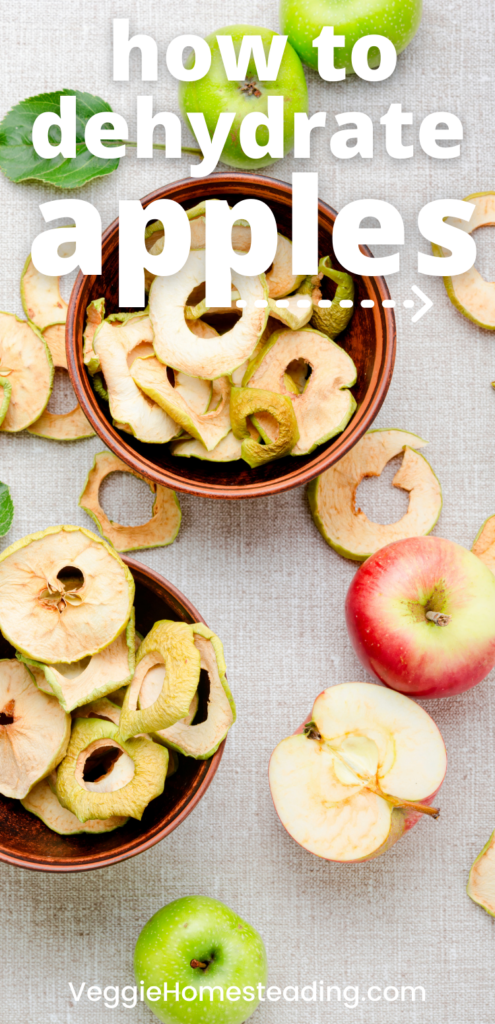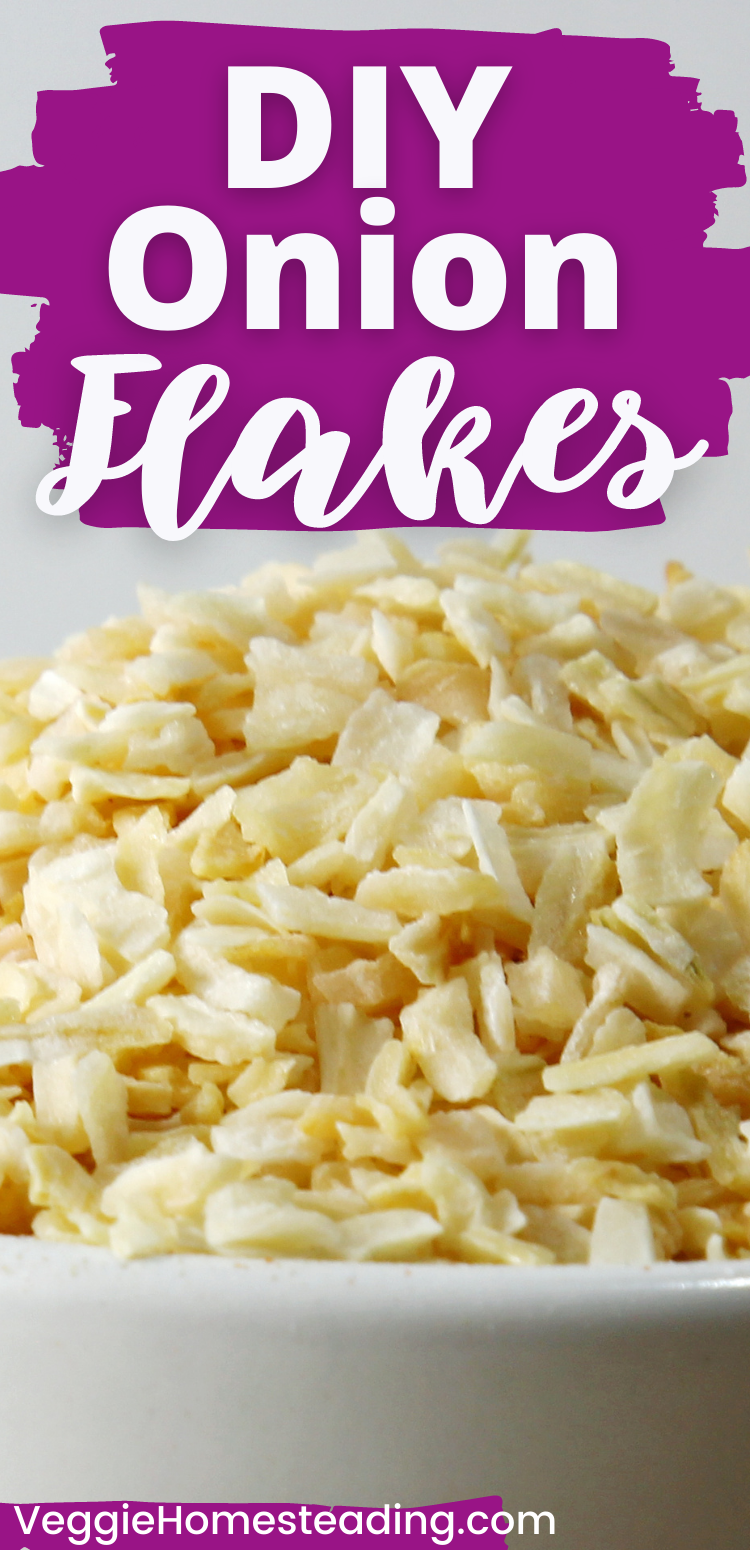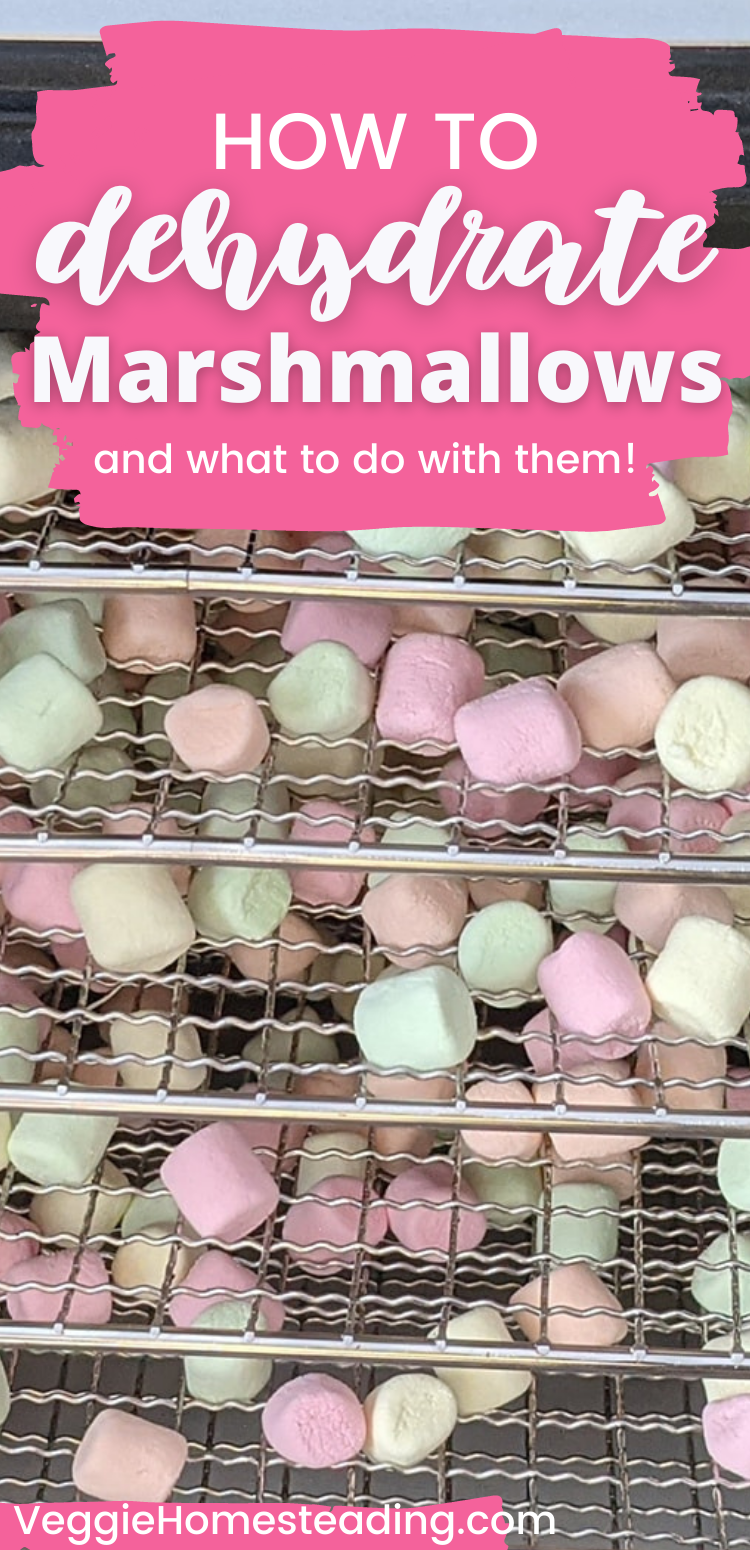How to Perfectly Dehydrate Apples
Dehydrating food is both satisfying and beneficial. It means that you get to enjoy seasonal foods throughout the year and it usually saves you money in the long run. In addition to this, it’s a fun way to prepare food ahead of time.
Dehydrating apples is incredibly easy and relatively quick to do. You get to enjoy your dehydrated apples in trail mixes and other homemade recipes or rehydrate them for dried apple purée or other treats.
While this article focuses on dehydrating apples, if you are new to dehydrating and are looking for a good resource to better understand how to start, have a read of Dehydrating 101: Beginners Guide To Dehydrating.

In this article, you will find:
- Step by step directions to dehydrate apples
- How to prepare your apples for dehydration
- The time it takes to dehydrate apples
- How to store dehydrated apples
- How to rehydrate your dried apples
- Ways to enjoy your dehydrated apples

STEP BY STEP DIRECTIONS TO DEHYDRATE APPLES
While the rest of this article goes into greater length about the various stages of properly dehydrating apples and the ways that you can enjoy them, let’s first get an overview of the exact steps you should take if you want to dehydrate apples.
- Prepare your workspace and ensure that you are working in a clean environment with clean surfaces, equipment and tools
- Wash and pat dry your whole apples
- Put on latex or vinyl gloves before you start to work with your apples
- Preheat your dehydrator to 125F to allow good airflow through the dehydrator which will eliminate any existing contaminants that may be present
- Slice your apples either into horizontal slices that are all uniform in size or into cubes (again, all of them should be uniform in size so that they dehydrate evenly)
- Spray your apple pieces on all sides, evenly coating them, with lemon juice from a spray bottle so that you achieve a moderate coverage and don’t waste unnecessarily.
- Place your apple pieces on a tray or trays with equal spacing – overcrowded trays may lead to your apples requiring a longer dehydration time.
- Place the trays in the preheated dehydrator which is to remain at 125F for 12 – 15 hours.
- Once the dehydrating time is up, allow your apple pieces to sit for 5 – 10 minutes.
- Once cooled, if you are uncertain as to whether your apple pieces are dehydrated properly, touch to test for any remaining moisture or place a few in a sealed zip lock bag for a little while to see whether any moisture has been released through condensation. If yes, dehydrate for longer. If not, then store in a vacuumed sealed bag with Mylar bag or in a mason jar to enjoy later as is or in future recipes!
Now that you have a good overview of the steps required to dehydrate your apples, let’s pay some attention to the details of the entire dehydration process right up to storage and possible rehydration.
HOW TO PREPARE YOUR APPLES FOR DEHYDRATION
While many who are not entirely familiar with dehydrating food may think that it’s just a matter of slicing food and adding it to a dehydrator, there are in fact a few vital steps that need to take place in preparation for dehydrating your apples to ensure the best possible result.
WAYS TO PREPARE APPLES FOR DEHYDRATION
#1. Practice Good Hygiene
I’m sure we’re all accustomed to cleaning the surfaces of our kitchen well and regularly and keeping it a generally clean environment but it’s worth mentioning as any contaminant that touches your apple pieces or gets into your dehydrator could affect the longevity of your dried apples, not to mention that it’s an issue of health and safety!
#2. Wear Gloves When Handling Your Apples
Try to avoid touching your apples with bare hands while slicing and preparing them as our hands contain moisture and oil that can easily be transferred to whatever we touch and you need to be limiting as much moisture from the dehydrating process as possible. A great way to remedy this is to wear latex or vinyl gloves when preparing and handling your dehydrated food.
#3. Preheat Your Dehydrator
As you would preheat an oven, so too you should warm up your dehydrator prior to introducing your apple pieces as good initial airflow in the dehydrator will help to eliminate any possible contaminants.
#4. Use Stainless Steel Knives and Deseeding Tools
Use a stainless steel knife and other cutting or deseeding tools as anything else may leave your dehydrated apple slices or cubes brown in color. While there’s nothing wrong taste-wise with brown-looking apple pieces, it may look unappetizing to you or those you are dehydrating the apples for.
#5. Spray Apple Slices With Lemon Juice Before Dehydrating
Spraying your apple pieces helps to retain its color and also adds back a bit of vitamin C which can be lost through the drying process. I always recommend spraying and not soaking your apple pieces as soaking can increase the moisture factor, which is something to minimize throughout the whole dehydration process.
Some people suggest using pineapple juice as a substitute for lemon juice since it’s also a good source of vitamin C. I just find that the added sugar content found naturally in pineapple can make the apple pieces sticky so I opt for lemon juice each time.

THE TIME IT TAKES TO DEHYDRATE APPLES
As with anything that you want to dehydrate, it’s essential that you dehydrate it well in order to avoid residual moisture that can cause the food to spoil as a result of bacteria and rot setting in.
In fact, it’s better to overdry than under dry. You should always aim to get rid of 95% or more of the total moisture in an item of food. Anything less than this will shorten the shelf life of the food and potentially cause it to spoil before you’ve had the chance to enjoy it.
The amount of time it will take to dehydrate apples is approximately between 12 – 15 hours at a temperature of 120-125F. This time is usually applicable to all fruits that have a higher juice content.
With that said, there are external factors that could also affect the dehydrating time of your apples such as:
- The humidity level in your area and house where the dehydration is taking place;
- The thickness of your apple slices or cubes;
- Whether you have crowded you dehydrator tray with apple slices/cubes or spread them out with room to spare; and
- The type of dehydrator you use and the position of its fan. I’ve already mentioned this in another article, but it’s worth mentioning again – dehydrators with a fan located at the back tend to do better than those with a fan fixed at the top or bottom, especially if you have two trays occupying space as the second lower tray will always block flow to the first tray.
And if you ever have the urge to speed up the dehydration process by increasing the heat, try to restrain yourself. It’s far better to allow for longer dehydrating times to ensure adequate dehydration than rushing things and ending up with “case hardening” (where your apple piece is dry and hard on the outside but is still moist on the inside).
If, at the end of your dehydration time, you are not sure whether you’ve reached the 95% stage, make use of one or all of these tests that will help you to detect whether your apple pieces have any remaining moisture:
- After 5 – 10 minutes of allowing your apple pieces to sit after dehydration, check for any sticky or moist texture. If the apple pieces are even slightly sticky or moist then it means that they need a longer time in your dehydrator.
- Touch your apple slices/cubes for dryness. You should also be able to tear your apple slice like you would a piece of paper or it should be able to make a slight noise if tapped against a hard surface. Apple cubes will feel chewy but shouldn’t be sticky.
- After allowing your apple pieces to cool once dehydration time is done, place a few in a sealed zip lock bag and return a little later to check for any moisture that would have resulted in condensation. If this has occurred then your apple pieces are not adequately dehydrated and require additional time in the dehydrator.

HOW TO STORE DEHYDRATED APPLES
Once you’ve dehydrated your apple slices/cubes and are happy that no hidden moisture remains, we then turn to the storage stage of the dehydrated apples.
Believe it or not but dehydrated foods can last anywhere between 3 years to 20 years and beyond if they are properly dehydrated and stored in a cool, dry place.
WHERE TO STORE YOUR DEHYDRATED APPLES
With any dehydrated food, location for storage is vitally important. Your dehydrated apples need a cool, dry place that is free from potential pests such as rodents and bugs and has a good level of cleanliness.
Since moisture and sunlight are the main culprits for degrading dehydrated foods, it makes sense that the location of storage, as well as the storage containers/bags themselves, need to be as free from these two elements as possible.
Common places to store dehydrated apples include your kitchen, pantry or any other area of your house that is cool, dry and has little sunlight infiltrating the space. This could be your basement or another area I haven’t mentioned. Wherever you decide to store your dehydrated apples, make sure that they are not sitting close to any household equipment such as dryers or dishwashing machines that emit moisture through condensation.
SUPPLIES AND EQUIPMENT TO STORE DEHYDRATED APPLES
To help your dehydrated apples have a long shelf life, it’s best to use the following storage supplies and equipment:
- Sealable vacuum bags using a double-bagging process (for long-term storage);
- Glass jars (typically for shorter-term storage);
- Food grade storage buckets (medium to long-term storage) which I doubt you’ll use for apples alone but you could add them sealed in a bag with other dried fruits in the bucket.
Let’s have a look at these 3 main storage supplies and equipment:
Vacuum and Mylar Bags
I would recommend using this kind of storage for your dehydrated apple pieces if you want a long shelf life of a couple of years. It involves vacuum sealing the apple pieces in a vacuum bag together with oxygen absorber sachets and then placing your vacuum bag inside a heat-sealed Mylar bag (known as “double-bagging”).
The vacuum bag with vacuum seal helps to remove any remaining oxygen which is important as oxygen degrades food over time. The double-bagging system using the Mylar bag is to reduce heat and keep out sunlight due to its reflective material.
Glass Jars
Glass Jars like mason jars are also great options for storing dehydrated apples but will usually offer shorter-term storage owing to the fact that they don’t block out as much light as the double-bagging process above and as already mentioned, the light slowly degrades food over time.
Food Grade Storage Buckets
This option is good when it comes to storing large amounts of a particular dehydrated food so I doubt that you’ll opt for this one although it’s worth mentioning since you may decide to store your dehydrated apples with other separated and sealed dried fruits or foods.
If you do use this storage method, be sure to only opt for food-grade plastics as ordinary plastic buckets will leak chemicals into the food from the plastics used.
Make sure that the lid on the bucket can be sealed or closed tightly and add oxygen absorbers to your bucket if you’ve stored the food in sealed bags within the bucket. It’s also a good idea to swap out your current bucket for a new one at any sign of deterioration i.e. the lid is not tight anymore or the bucket has already been used for a couple of years.
Having properly dehydrated and stored your apple pieces, you can expect your apple slices/cubes to last for a couple of years when vacuumed sealed or up to one year if stored in a mason jar.

HOW TO REHYDRATE YOUR DRIED APPLES
There are two main methods for rehydrating dehydrated foods depending on the length of time required to rehydrate. For purposes of rehydrating apples, you simply need to soak 1 cup of dried apple pieces in one cup of boiled liquid (either water or apple juice) for about an hour or until fully rehydrated.

WAYS TO ENJOY YOUR DEHYDRATED APPLES
There are so many ways that you can enjoy your dehydrated apples. I put a few ideas below for you to consider:
- Add them to a homemade trail mix that you can take as a snack on your next long road trip or outdoor adventure with the family;
- Stack dehydrated apple slices in a mason jar and decorate the jar with fancy ribbon and a gift tag as a present or house warming gift;
- Add them to bread, pie and strudel recipes;
- Rehydrate them and purée them for dried applesauce!

BOTTOM LINE
Apples are one of those fruits that so many enjoy. It makes complete sense then that you’d want to have an ample supply of these delicious fruity treats on hand whenever the craving calls.
Dehydrating your apples allows you to have a readily available supply of apples throughout the year. It’s a great way to meal prep for recipes that call for dried apples or as a stand-alone snack.
And, of course, there’s nothing stopping you from rehydrating your dried apple pieces – it’s quick and easy and offers incredible flavor as a purée which can be added to recipes such as vegan baked goods that require a substitute for butter!
Have you tried dehydrating apples with success? Let me know how it went – I’d love to hear from you.






